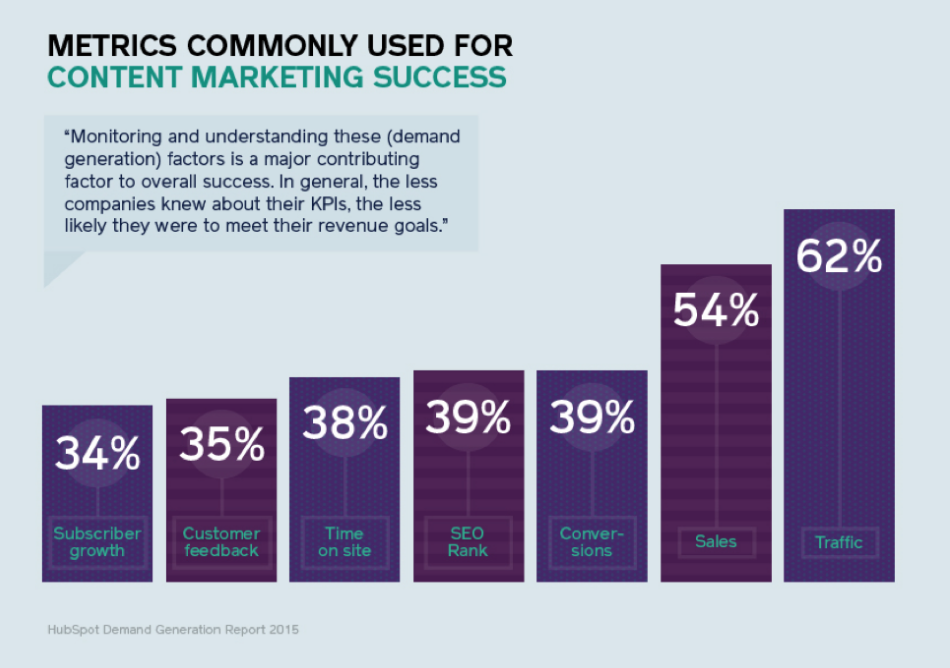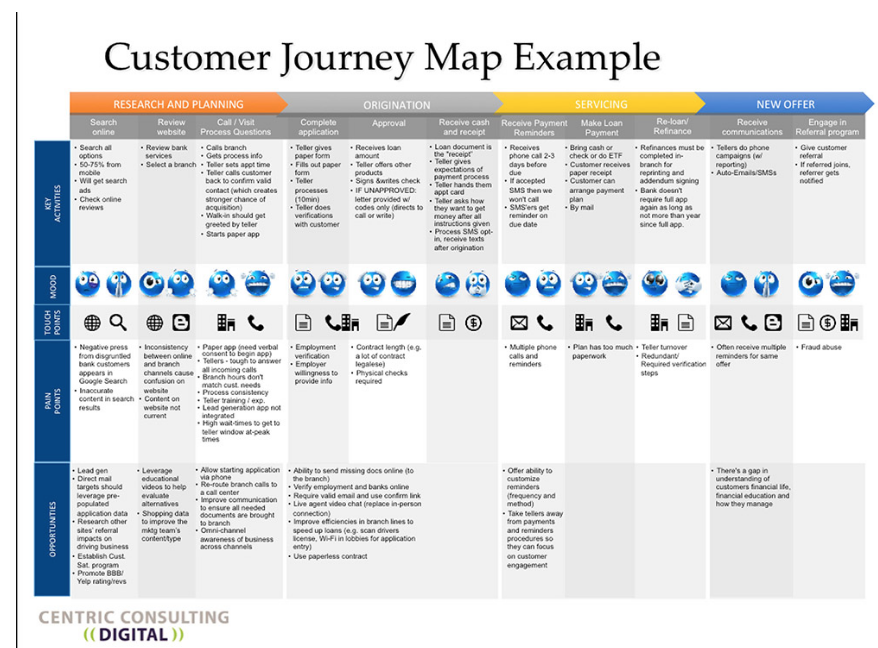Kathleen Ohlson is a writer and editor with over 10 years of experience. Previously, she was a high tech reporter covering various topics, including 9/11 and virus attacks. You can follow Kathleen on Twitter, @kaohlson.
Brand transparency has been top of mind a lot in the last year or so. People want to know who they’re doing business with and what products they’re buying ⎯ who made them, where they’re developed and what they’re made of. They’re more aware of a brand’s environmental footprint and ethical practices.
According to a Label Insight study, 94% of 2,000+ people surveyed said they are more likely to be loyal to brands that are completely transparent. Companies that show they’re trustworthy, reliable, consistent and genuine will not only attract new customers, but also help to keep their existing ones.
But trust is something that’s earned. You need to continually prove your honesty to your customers. And if you don’t, you’ll pay a price. Now in light of recent events, including Facebook’s recent revelations of its user data, your responsibility to be transparent and honest is higher ever than before.
Here are five tips you can show yourself to be a trusted partner with your audience.
Focus on your customer.
Trustworthy brands are candid and transparent, and have their customers’ best interests at heart. Asking your customers about their concerns and offering answers can start to lay the foundation of trust.
For example, Purina became the most trusted cat and dog food brand through its educational content. Its Puppyhood site offers dog owners tips to care for their pets. Purina now offers content through Amazon’s Alexa voice service. People can get all kinds of information through Alexa, such as what breeds are good with children.
Own your mistakes.
Yes, this is a hard one. Making a mistake is difficult, but admitting it goes a long way with your audience. No one is perfect and when you admit your errors, it shows the human side of your business. How your brand faces a problem is critical, especially if it becomes public.
For example, Facebook recently faced international and U.S. government investigations, consumer backlash and other criticism for not acknowledging that Cambridge Analytica harvested more than 87 million user profiles. When companies don’t admit mistakes, they almost always come out and hurt the brand more: United Airlines, Uber and Equifax are recent examples.
Meanwhile, Samsung recovered after it was discovered its Galaxy Note 7 smartphones would explode. First, it took out ads apologizing to customers and then later explained the safety and quality tests for future releases. It also released an investigation about what happened to the Galaxy Note 7 devices. As a result, Samsung’s sales bounced back.
If your problem becomes public, own up to it and sincerely apologize. Do whatever you need to do to reach your audience and show you’re honestly trying to keep their trust.
Become a thought leader.
Trust takes time and it doesn’t happen overnight. It’s not transactional. To trust you, your audience has to like you, but they need to know you first.
Create high-quality content that offers value and expertise to your audience. They’ll be able to tie a name and a face to you, humanizing your company. By doing this, you’ll appear more approachable, transparent and easy to work with.
Also recognize the impact you make with your audience when you promise a product or service. You’re giving your word, so your success or failure depends on that. Be reliable through great customer service and treat your customers with respect. It’s these actions that help to reinforce you’re a thoughtful leader.
Show what’s behind the curtain.
Another way to build trust with your audience is to show them your company’s inner workings. Talk about what’s going on with your employees. Some companies are discussing salaries and showing how they work day to day. For example, Buffer, a social media management platform, fully embraces transparency. Buffer shares its salary structure, as well as its product roadmap, code and editorial board. Its blog is dedicated to transparency, discussing what works for Buffer and what doesn’t.
You can also show steps on how you develop products. Everlane, an online clothing and accessories retailer, embraces that. Its mission is “Our way: Exceptional quality. Ethical factories. Radical Transparency.” Everlane lives by that. When you select an item, you learn what material was used to make it and where the product is made, including a link to the factory that made it. While its pricing may be higher than other retailers, Everlane explains what goes into its pricing ⎯ labor, materials, transportation and duties.
Remember that fear is OK.
Part of being transparent with your customers is acknowledging fear. You make an emotional connection with them by helping them identify what keeps them up at night: Fear of missing out, being left behind, losing out to competitors or trying something new. But if you want to tap into your audience’s fear, offer solutions. You want to be honest and transparent about what might scare them, but don’t use blatant scare tactics. These tactics may come across manipulative, cheap and could even insult your audience.
When you acknowledge your audience’s fears, come across in an empathetic way and try to use a positive approach. Using fear effectively might drive your audience to take action, but it isn’t about scaring the pants off of your audience. Taking a positive tack to your audience’s fear shows you’re taking their concerns seriously and creating an emotional connection to your brand, so they keep coming back.
Building trust with your customers won’t happen overnight. But you can show your trustworthiness by being honest and transparent about who you are and delivering on your customer promises. Quickly admitting mistakes and taking action to fix them will earn and keep your customers ⎯ and their trust.




